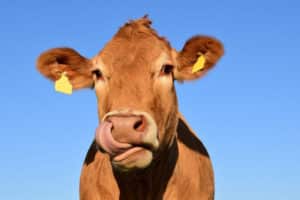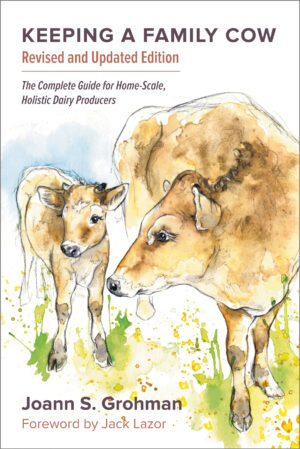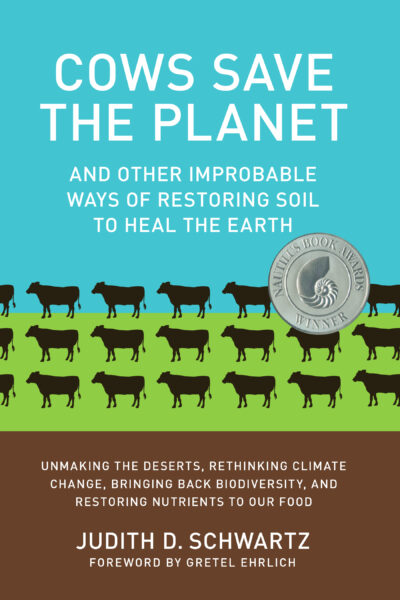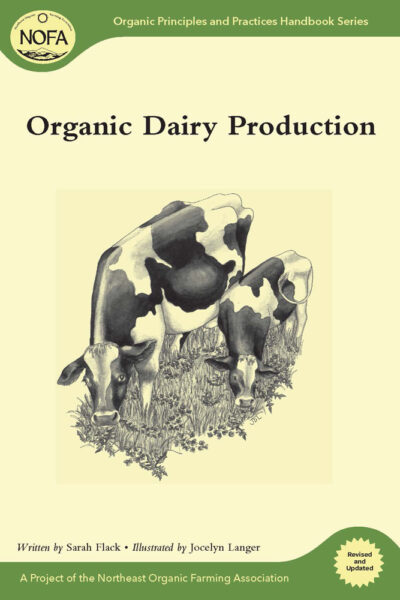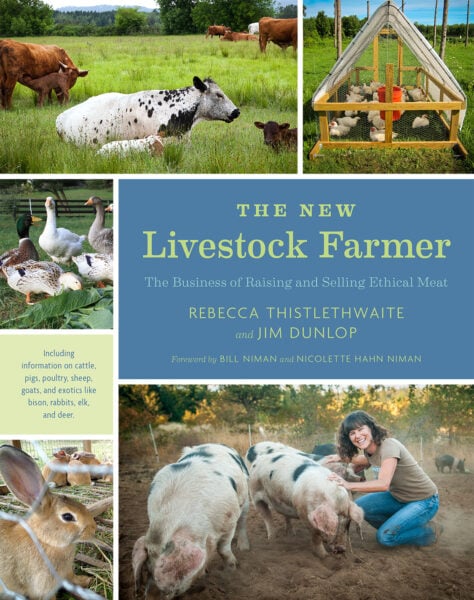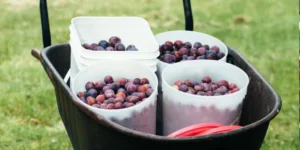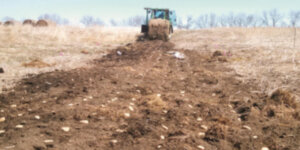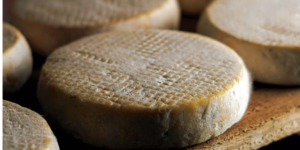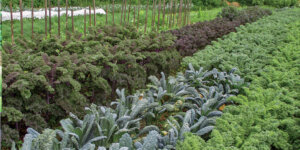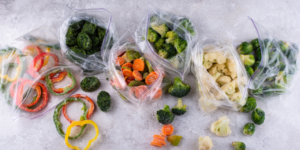Why Cows are the Premier Dairy Choice
Let’s be honest… cows (should) rule the world. Well, at least the dairy world. While many grazing animals have been milked throughout the course of history (reindeer and horses included), none have been more valued than the cow – a producer of wealth and nourishment and stability.
The following excerpt is from Keeping a Family Cow by Joann S. Grohman. It has been adapted for the web.
The cow is the premier dairy animal because of her cooperative temperament, the comparative ease with which she can be milked, the volume she is able to produce, and the versatility of her milk. The cream is easily skimmed and made into much-prized butter in cold climates and ghee in hot climates. (Ghee is butter that has been heated and strained.)
The cow is a primary producer of wealth. She can support a family. She not only turns grass into milk in quantities sufficient to feed a family but also provides extra to sell and contributes a yearly calf to rear or fatten. The by-products from making cheese (whey) and butter (buttermilk) will support a pig or two. Her manure improves her pasture and when dug into the garden results in plant growth unsurpassed by other growth mediums. The family that takes good care of its cow is well off.
Cattle are the original stock in “stock market.” Ownership of cattle has always been a marker of wealth. This is not just because the cow is a primary producer of wealth, adding enormous value to grass. In a “which came first, the chicken or the egg” sort of way, it’s also because only families possessed of a hardworking, cooperative spirit are able to keep a cow, let alone build a herd. Cows require humans for their survival.
Other domestic animals can revert to a wild (feral) state with predictable success. Put hogs in the woods and they hardly look back. They won’t get fat, but they will immediately form a breeding population. So will horses on the plains. Many breeds of sheep can establish themselves in hill country. Goats are well known for this aptitude (so long as they are not too far from the sea; they have a high iodine requirement).
So Huckleberry Finn’s Pap might have had a pig or goat he could turn loose and still call his own, but a cow requires consistent responsible care. If she doesn’t get it she won’t give milk and she won’t start a new calf and she won’t live through much cold or drought. Farmers in the north put up hay for the winter. African herdsmen walk their cattle to water and defend them against lions. Even the great beef herds of South America and the American West have been dependent on humans to arrange things for their benefit; the wolves and mountain lions didn’t disappear by accident. But this story is about the dairy cow.
The dairy cow doesn’t ask for much, but she asks every day. People who are creating wealth with a cow either are hardworking and reliable or get that way in a hurry. This is the way it has been for a very long time. The fine farms of Europe, England, New England, and much of the rest of the United States were all established thanks to the wealth derived from cows. Wherever there is, or used to be, a big barn, it was likely built to store winter hay for the cows that once dotted the pastures. The need to milk the cow twice a day determined the location of many a church; people had to be able to walk there and back without disruption to the schedules of cows. Formerly, every district in Europe, England, and the eastern United States had a corn mill situated so that a farmer driving a horse and wagon could deliver his load and get home in time for milking. It is certainly no coincidence that such a large number of our finest statesmen were born on farms. Important virtues are nurtured on the farm, including a graphic understanding of the relationship between working and eating. Over my farming life I have bred and raised all of the traditional farm animals, and I love them all. But through association with the dairy cow I have come to understand and accept the words of that great nineteenth-century agricultural essayist William Cobbett:
“When you have the cow, you have it all.”
Dairy Breeds:
Holstein-Friesian
These Dutch cattle, now the major dairy breed not only in the United States but in virtually all Western countries, were first brought to the United States in 1795. They have been bred here and in Canada to produce a volume of milk unmatched by any other breed. They are large, splotchy, black-and- white cows that also make quite creditable beef. The cows are often crossed with beef breeds, especially Hereford, and the calves are then raised for beef, providing the dairy farmer with an additional cash crop. Such calves are black with a white face.
Brown Swiss
One of the oldest breeds in existence, often valued as dual purpose because of the cattle’s large size. Brought to the United States from Switzerland in 1869. Their markings are virtually indistinguishable from those of the Jersey.
Ayrshire
Cherry red to brown with white in color. Their color patches are smaller and more broken than those of the Holstein-Friesian, and they are slightly smaller. If allowed to grow, their horns have an elegant lyre-shaped form. The carcass is of high quality and milk production is high; they may be considered dual-purpose cattle. Brought to the United States in the late nineteenth century from Ayrshire in southwestern Scotland.
Guernsey
The cow closest to the Jersey in the butterfat content of its milk, and in origin, coming from the island of Guernsey in the English Channel, about twenty-five miles from Jersey. Brought to the United States starting in 1830. Larger and generally heavier-boned and more rangy than the Jersey. The cream and butter have a very beautiful color. Back when there was more choice in quality of milk in the United States, the Guernsey dairymen sold their product under the name Golden Guernsey.
Jersey
Within sight of Normandy on the coast of France in the English Channel lies a group of four small islands—Jersey, Guernsey, Alderney, and Sark. The islands are the native home of two distinct breeds of dairy cattle: the Jersey and the Guernsey. The island of Jersey, the largest of the group, has an extremely mild climate, and its cattle can be outdoors most of the year. On both Jersey and Guernsey, the eponymous breeds are the only cattle allowed by law on their respective islands to this day.
The Jersey breed probably has Eastern origins, by way of France, for the cattle are similar to those found in Asia. There is the same whitish ring around the muzzle, coloring of the coat, richness of the milk, and ability to acclimatize to extremes of heat and cold. Some of the Asian cattle have humps and do not give much milk, yet their progeny by Jersey bulls lose the hump, look like Jerseys, and milk much better than their dams. Another possible indication of the Eastern origin of the Jersey is that pictures of cattle found in tombs in ancient Egypt show a strong likeness to the breed.
Recommended Reads
Recent Articles
If you want to improve your soil, one of the most important things you can do is to plant cover crops. But they need to be selected with a purpose.
Read MoreCheese is milk’s destiny. Be inspired by the celebration of milk-in all its forms-especially the transformation of milk into cheese through natural cheesemaking
Read MoreWeeds are the bane of every farmer and gardener’s existence. Before you go crusading against the weeds in your garden follow these tips and tricks!
Read MoreTry your hand at preserving veggies by freezing them! Freezing vegetables is a quick, simple way to preserve them for winter meals.
Read More
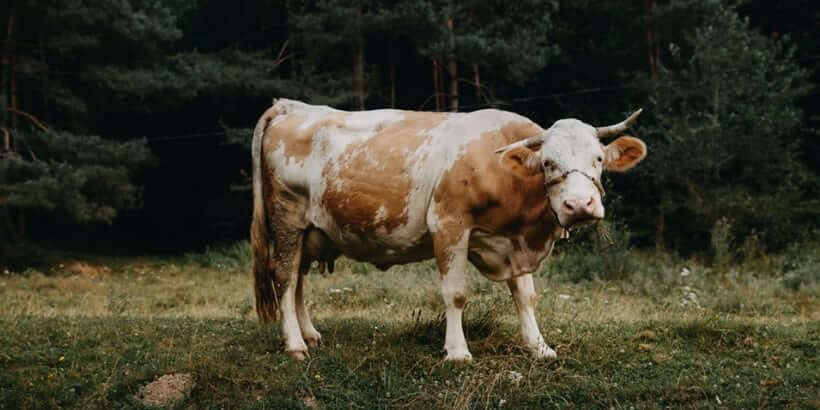
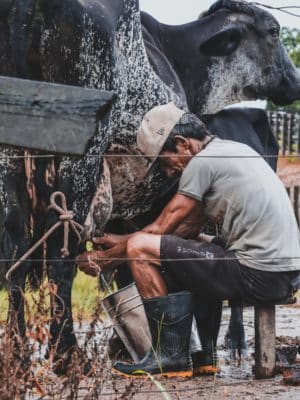 The cow is a primary producer of wealth. She can support a family. She not only turns grass into milk in quantities sufficient to feed a family but also provides extra to sell and contributes a yearly calf to rear or fatten. The by-products from making cheese (whey) and butter (buttermilk) will support a pig or two. Her manure improves her pasture and when dug into the garden results in plant growth unsurpassed by other growth mediums. The family that takes good care of its cow is well off.
The cow is a primary producer of wealth. She can support a family. She not only turns grass into milk in quantities sufficient to feed a family but also provides extra to sell and contributes a yearly calf to rear or fatten. The by-products from making cheese (whey) and butter (buttermilk) will support a pig or two. Her manure improves her pasture and when dug into the garden results in plant growth unsurpassed by other growth mediums. The family that takes good care of its cow is well off.